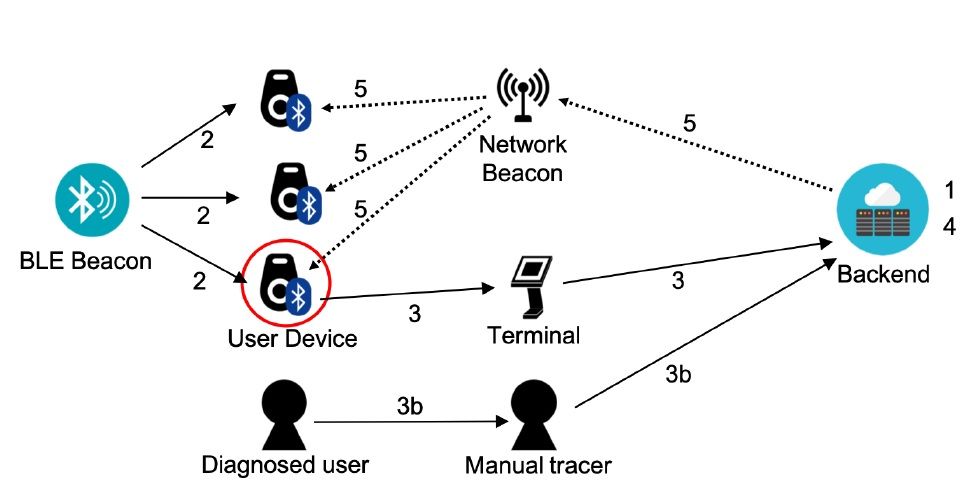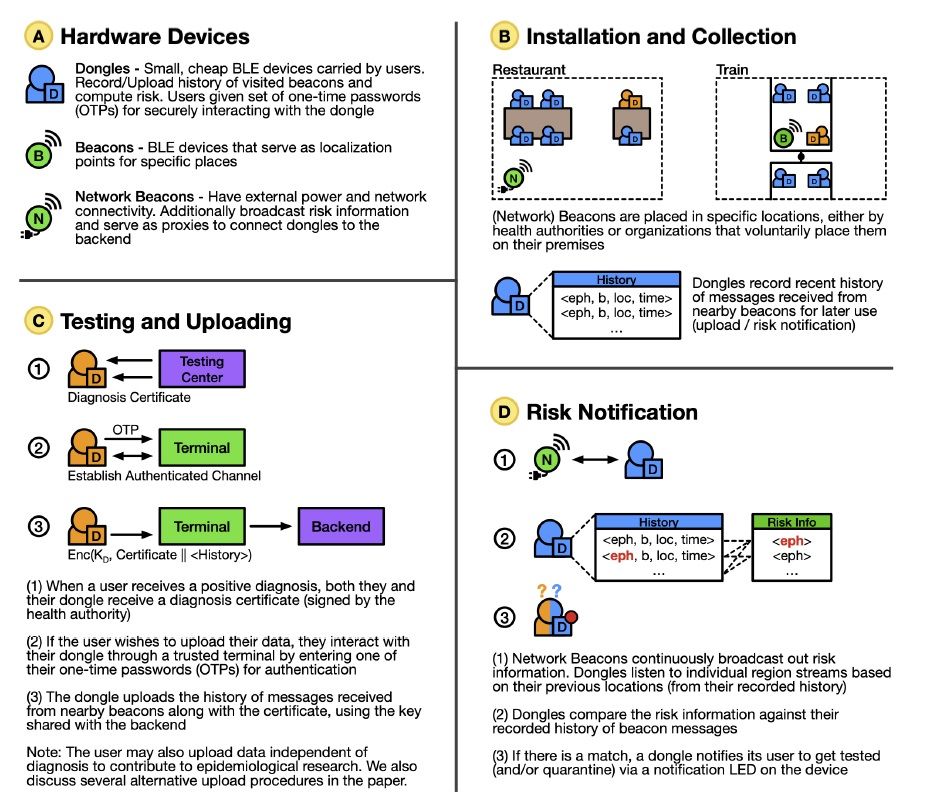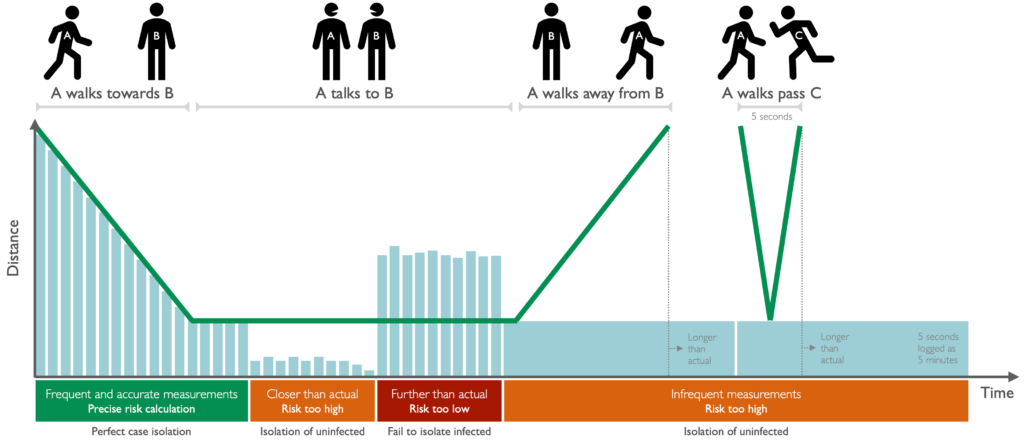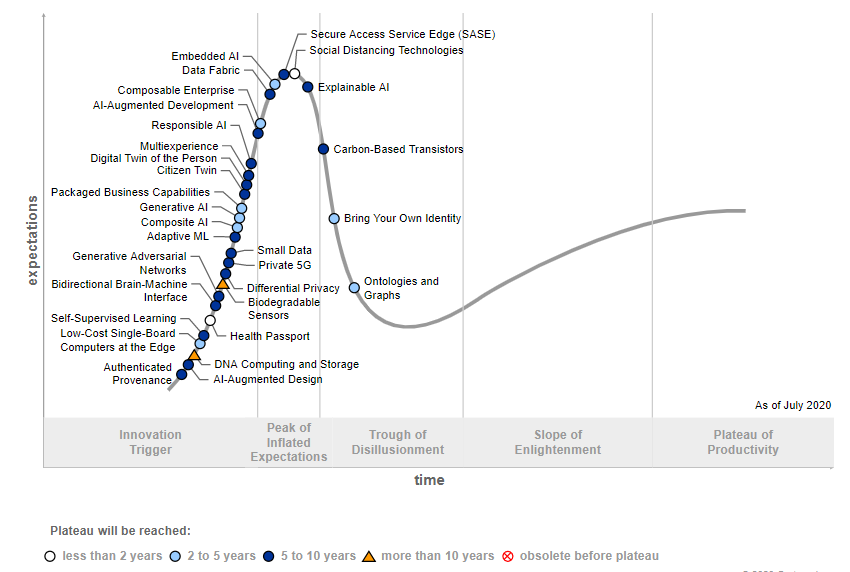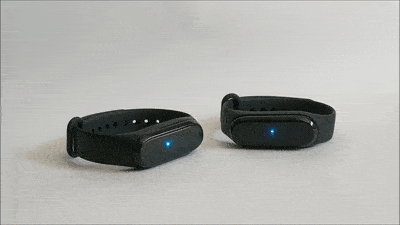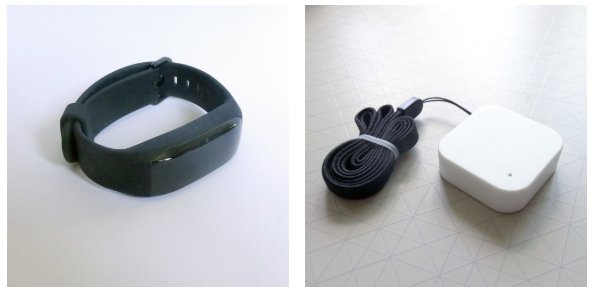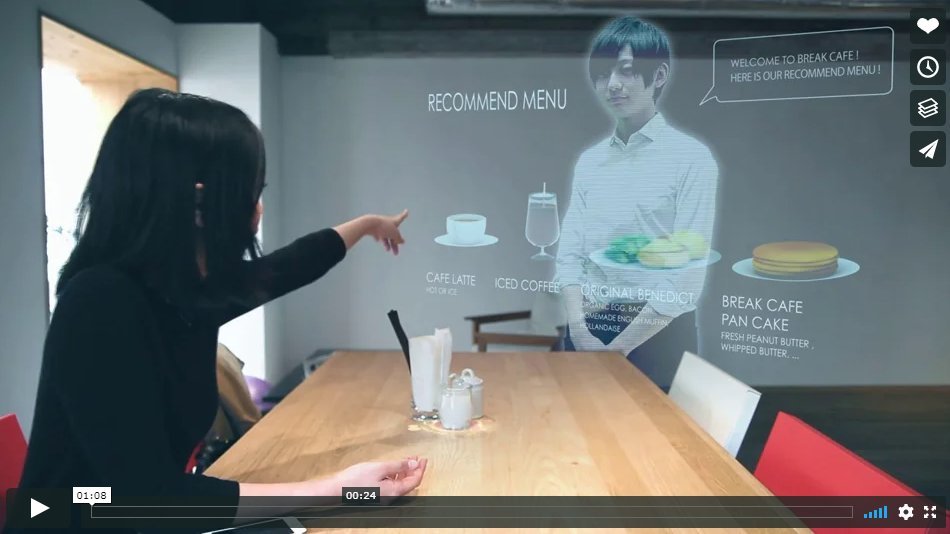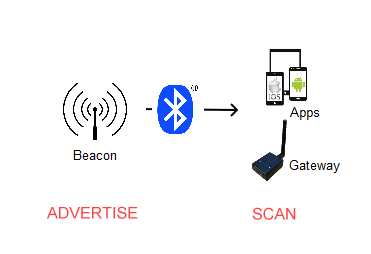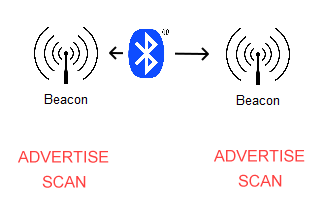There’s new research from Maritime and Ocean University, Republic of Korea on A Close Contact Tracing Method Based on Bluetooth Signals Applicable to Ship (pdf).
While the Covid pandemic is over and we are getting on with our lives, there are still outbreaks that can be particularly disruptive on ships. The cruise market was adversely affected by pandemic and continues to need to be vigilant. Operations on navy and commercial shipping also continue to be affected by on-board outbreaks.
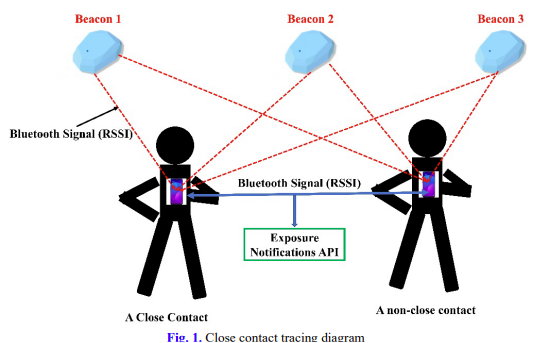
The researchers have devised a system that uses beacons rather than having smartphones detect each another. Mutual smartphone detection is difficult, if not impossible, without using the smartphone contact APIs that are only available to government organisations.
The system identifies risky areas in ships based on the location point encounters. It tracks close contacts using Bluetooth and without WiFi or Internet. A smartphone app provides transmission risk indicators.
